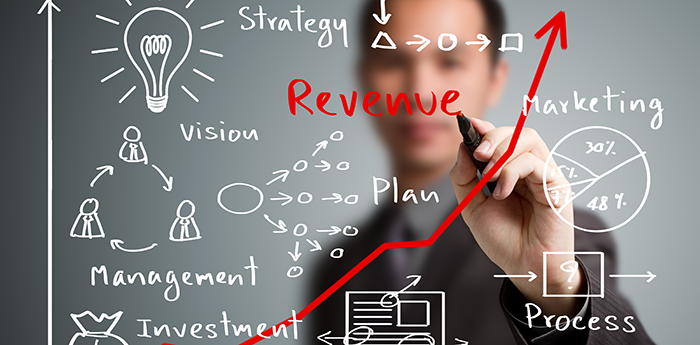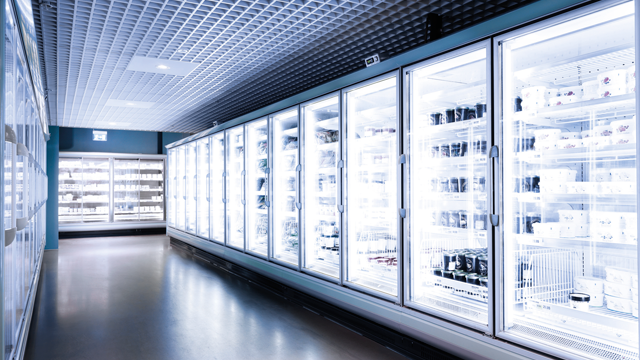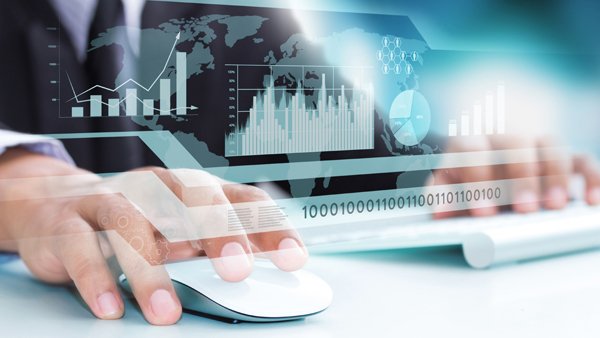Not too long ago, we talked about how float switches can be used to monitor tank levels. This type of implementation is not uncommon in various industries, particularly in preventing flooding and mitigating other disasters. Other sensors are becoming more accessible too, especially in today’s era of Internet of Things or IoT.
Monitoring, however, is just one part of a complicated equation. Many businesses are starting to turn to Artificial Intelligence and automation to better streamline their workflows. In the retail industry, the implementation of automation is particularly interesting. Let’s take a quick look at some examples of automation in retail and its benefits.
Just-in-Time Inventory
One of the biggest challenges faced by the retail industry is inventory management. Not all retail stores can afford to maintain a large inventory of goods because storage space is expensive. On the other hand, not keeping enough stock to meet demand often results in loss of sales and revenue.
A meticulous inventory system and automation can solve this issue. Retail stores now keep track of all merchandise they receive in real-time through human input. At the same time, the Point of Sale system keeps track of every item of merchandise sold.
An automated system bridges the gap between these two control points and helps automate inventory management. What’s interesting is that the bridge system is even capable of issuing purchase orders and creating notifications about inventory levels. The result is effective just-in-time inventory with minimum human input.
In-Store Controls
We mentioned Internet of Things or IoT at the beginning of the article. IoT is a game changer for the retail industry, especially with the wide array of sensors and Internet-enabled devices the approach now offers.
Commercial refrigeration, for example, can now be made immensely efficient. Companies such as IDWare helping retailers conserve space with integrated and custom refrigerators. IoT devices are then used to monitor and control the temperature of these refrigerators.
Retail stores can customize refrigeration to achieve maximum efficiency. Energy consumption can be lowered by a substantial margin, but all refrigerated goods are kept at the required temperature for maximum customer satisfaction.
The implementation of in-store controls goes beyond refrigeration. Everything from lights to POS outlets and vending machines can now be controlled remotely and made fully automatic.
Advanced Analytics
The true benefit of automation, however, comes in the form of advanced analytics. Retailers can now assume a more active position when it comes to understanding their customers. What goods do the customers purchase the most? When are the peak hours for different product categories? Detailed answers to questions like these can now be acquired through in-store observation and advanced analytics.
Thanks to automated processes, retailers now have the insights they need to optimize individual stores. Store layouts can be tailored to optimize sales. Checkout speed and the overall customer experience can also be improved.
Experts believe that these examples of automation that are improving the retail industry are just the beginning. As more IoT solutions and new devices are made available, more parts of the retailer’s workflows can be automated and optimized to a whole new level.



